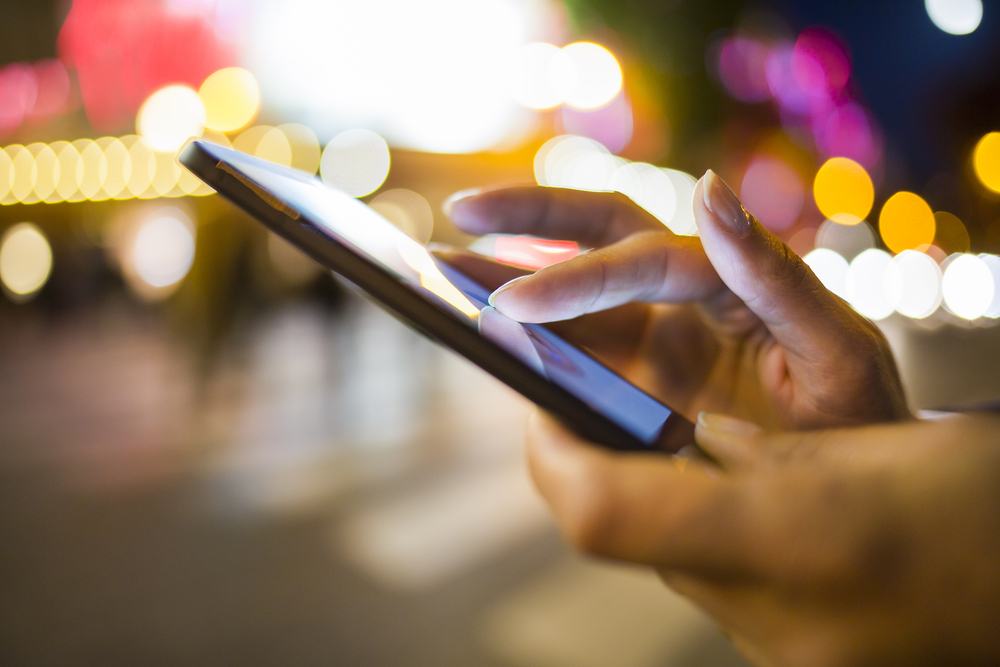Key takeaways
• Foldable phones let you carry a large screen in your pocket.
• Early models show creases and weak hinges that persist today.
• Many apps still struggle to adapt to changing screen shapes.
• These weaknesses trace back to the first foldable smartphones.
• Makers keep refining, but old challenges remain.
Why foldable phones excite us
Foldable phones feel like the future. They open to offer tablet-size screens. Then they fold down to fit a pocket. For many, this dual form factor seems magical. You get a big display for watching videos and playing games. Yet you fold it down when you need to be discreet. Moreover, the latest models boast sharp cameras and fast processors. As a result, interest in foldable phones grows fast. Still, new buyers should know these curious gadgets carry old weak points.
The familiar flaws in foldable phones
Right from the start, foldable phones showed a visible crease along the screen. This crease forms as the screen bends. Users notice it whenever they glance across the display. Furthermore, the hinge can collect dust and debris. Over time, particles can scratch or block the folding mechanism. In turn, screens may crack or fail to close fully. Likewise, early foldable phones often felt bulky and heavy. Even now, some models weigh more than standard phones. Thus comfort during long use can suffer.
Software problems also plague foldable phones. Many apps don’t auto-adjust to the larger display. For example, a messaging app might stay framed in a small window. Users must drag or resize it to fill the screen. In addition, jumpy animations and slow load times can spoil the smooth foldable experience. In short, while hardware leaps forward, software still lags behind.
How makers tackle these old flaws
Manufacturers learn from each new release. Consequently, the crease on the screen has become less deep. Some brands now hide the fold under a special plastic layer. Others use ultra-thin glass to smooth out the bend. Meanwhile, stronger hinges use tiny ball bearings and protective seals. These upgrades aim to keep out dust and grit. As a result, newer foldable phones promise up to 300,000 folds before showing wear.
At the same time, companies push developers to update apps. They offer software kits and guidelines for foldable screens. Hence, popular apps now better adapt when you switch between folded and unfolded modes. Also, some phones can run multiple apps on the large display. Users can drag and drop text or images between windows. This feature makes multitasking feel natural.
Nevertheless, companies still face the same basic issues. Bigger screens need more power, so battery life can drop. Also, advanced materials and hinges cost more. As a result, foldable phones often carry premium price tags. Buying one involves weighing novelty against budget.
Will foldable phones fix it all?
Even with steady improvements, foldable phones remain a niche product. Most shoppers stick to conventional smartphones. They trust proven durability and lower prices. Yet some buyers can’t resist the wow factor. They want that clever hinge and fold-in display. In fact, preorders often sell out in minutes. Despite that, real-world tests reveal old flaws persist.
For instance, testers sometimes report tiny scratches along the fold after a few weeks. Also, some apps still refuse to scale correctly. This forces users back into a small, letterbox view. Meanwhile, repair shops struggle to replace broken foldable screens. The labor and parts cost far more than those for standard phones. Therefore, consumers should consider insurance or extended warranties before buying.
Looking ahead, foldable phone makers promise more durable screens and slimmer frames. Some prototypes fold twice to create even larger displays. Others aim to add stylus support for note-taking. Certainly, engineers keep pushing the envelope. However, the core challenges remain similar to day one. Creases, hinge wear, software quirks and high costs still define the foldable landscape.
Deciding whether to buy a foldable phone
If you love cutting-edge tech and can afford the price, a foldable phone makes a bold statement. You get a unique design and a flexible display that sparks conversation. Moreover, you join a group of early adopters who shape the future of mobile tech. Yet, if you seek rock-solid reliability, you might wait. Standard smartphones offer proven performance at a lower cost. They lack that novel folding trick, but they rarely surprise you with a hinge hiccup.
In the end, foldable phones bring a fresh twist on our daily devices. They merge phone and tablet into one gadget. Nevertheless, their flaws are far from new. Industry pioneers first revealed these weaknesses years ago. Today’s models only refine what came before. Still, every folding hinge and foldable screen hints at a far more flexible future.
FAQs
What makes foldable phones different from regular phones?
Foldable phones have a bendable display and hinge. This allows them to switch between small and large screens. Regular phones keep one fixed shape and size.
Will foldable phones become mainstream soon?
While interest grows, most buyers stick to standard smartphones. Mainstream adoption depends on lower prices and fewer durability concerns.
How long can you expect a foldable phone to last?
Manufacturers claim up to hundreds of thousands of folds. Real-world durability varies. Dust, pressure and drops can reduce lifespan.
Are foldable phones worth their premium price?
They offer unique designs and multitasking features. Yet old issues like screen creases and software glitches remain. Decide based on your budget and tech passion. Source: https://www.nydailynews.com/2025/11/12/kristian-winfield-new-look-knicks-still-need-answers-to-the-same-old-questions/

